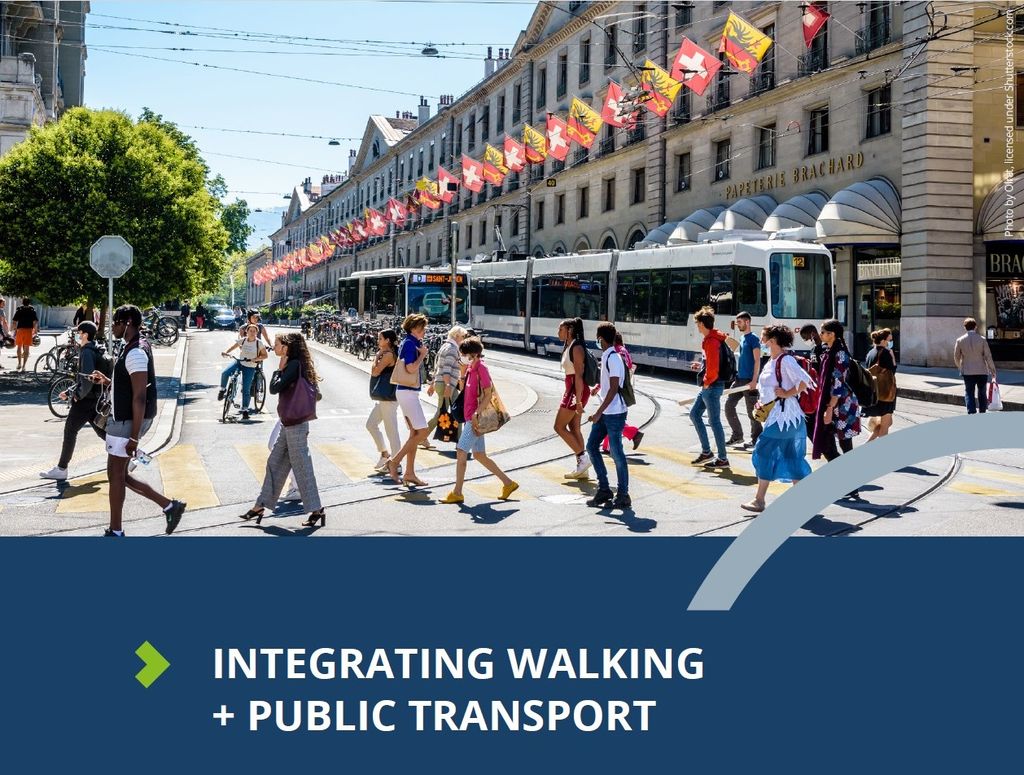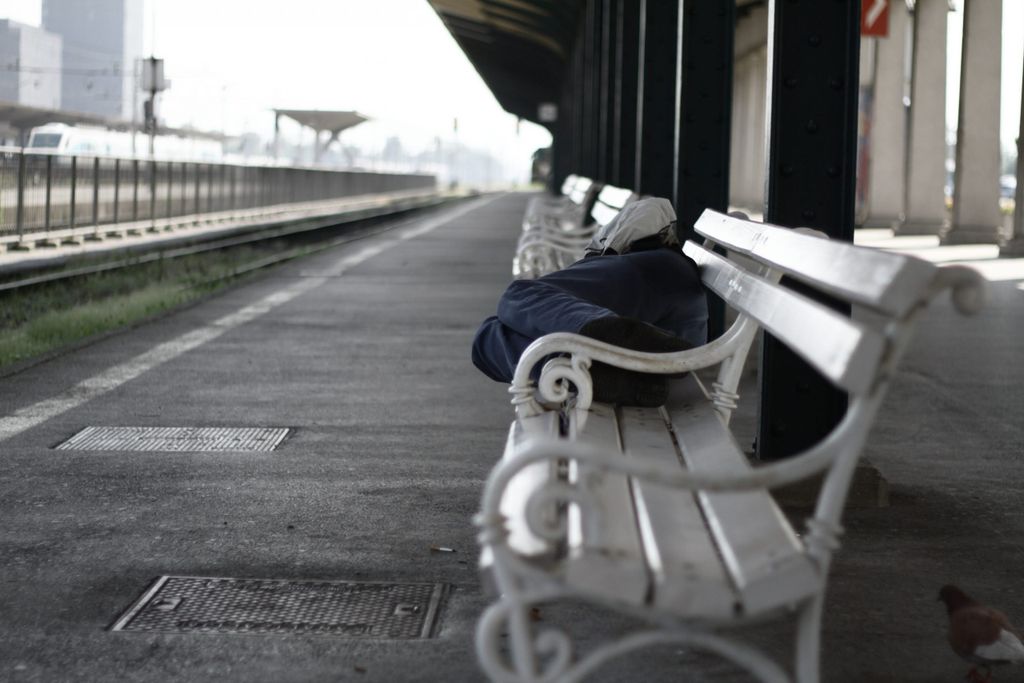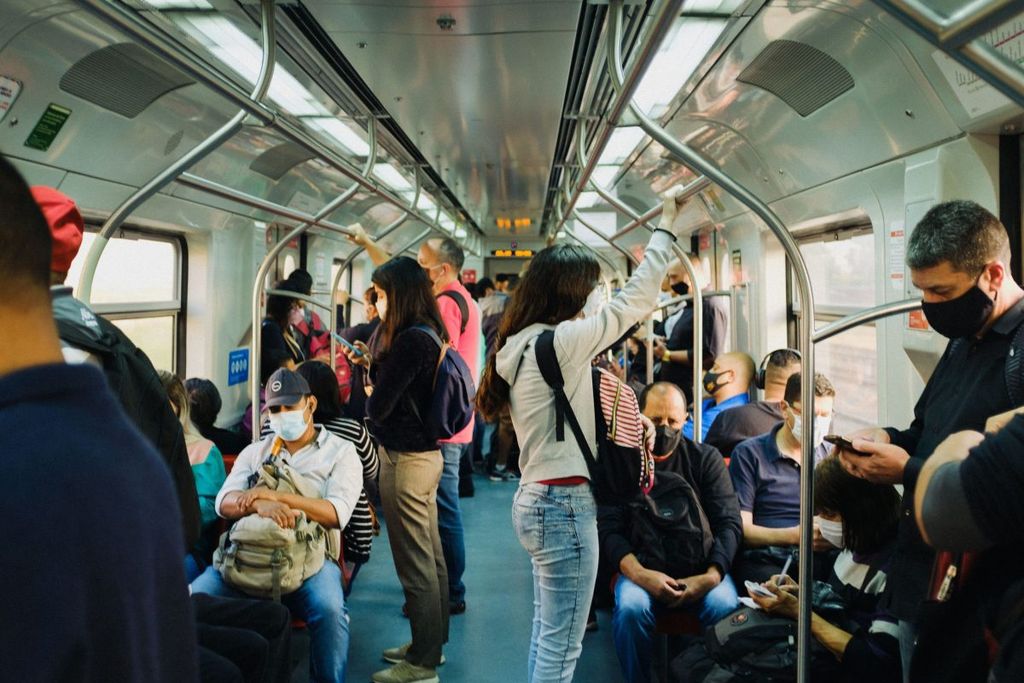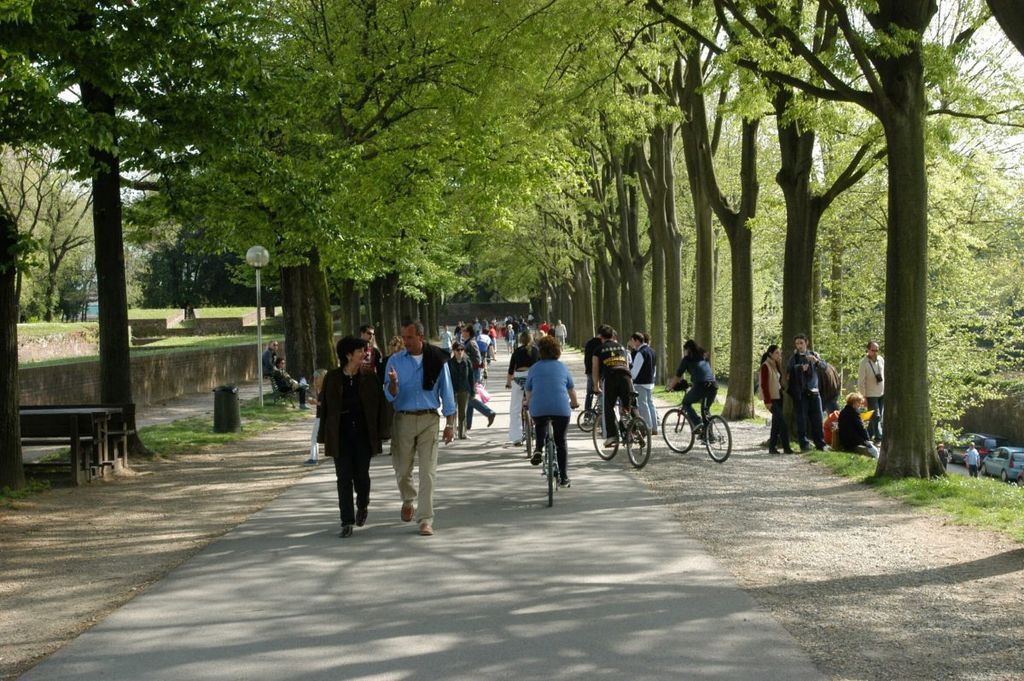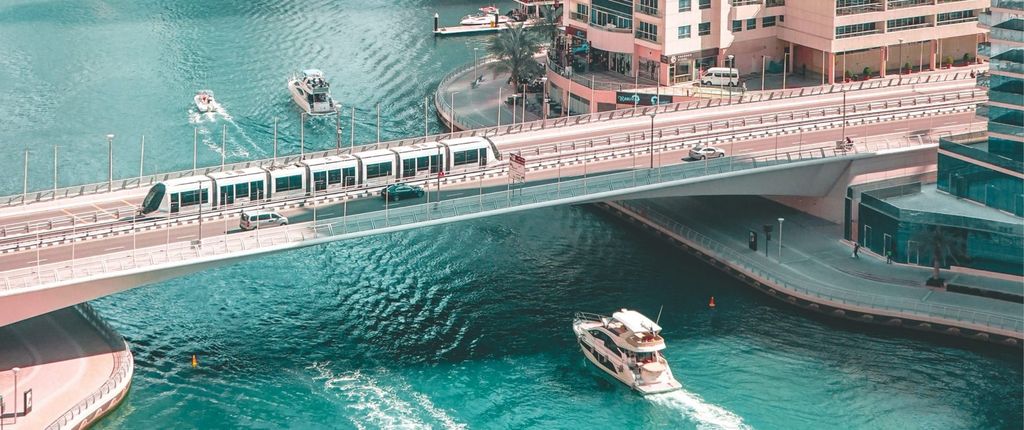
Developing Public Transport in the MENA Region
The MENA (Middle East and North Africa) region is currently experiencing an inspiring shift in the field of public transport.
Significant investments in public transport projects show that the region is on its way towards more public transport use and cleaner, more sustainable mobility services.
With growing populations and more diverse needs, MENA’s numerous public transport ventures focus on green mobility while enhancing the quality of life for the region’s residents.
The UITP MENA Transport Report released in 2019 describes an overall increase in ridership figures in the region. Amongst many other trends within the sector, it also shows large scale electrification and digitalisation of public transport.
Keep on reading to find out more about a number of selected public transport projects from the MENA region!
Dubai, the most populous city and emirate within the United Arab Emirates is one of the areas where public transport and its use is experiencing increased demand. With 43,9% of journeys in the city still being taken by car in 2017, the main transport provider – RTA (Roads and Transport Authority) brought forward a number of projects and plans to achieve a ‘smart and sustainable city’ of Dubai.
One of the projects, called Dubai Plan 2021 aims at ‘building fully connected and integrated infrastructure that ensures easy mobility for all residents and tourists , and provides easy access to all economic centres and social services’. With this ambitious goal come other developments, for example the extension of the Dubai metro. The driverless mero lines have been growing for years now, and with the opening of Route 2020, Dubai has one of the longest fully automated metro systems in the world. Its Red Metro Line, at 52.1 kilometres, is the world’s longest driverless single metro line.
Another public transport endevour in Dubai is the Driverless Strategy with a goal of automating 25% of all trips in the city by 2030.
Apart from these projects, all other modes of public transportation in Dubai have been expanding in recent years with over 20km of new tram tracks being developed, electric buses put into place and the Dubai Hyperloop (an ultra-fast vacuum technology train) in the works.
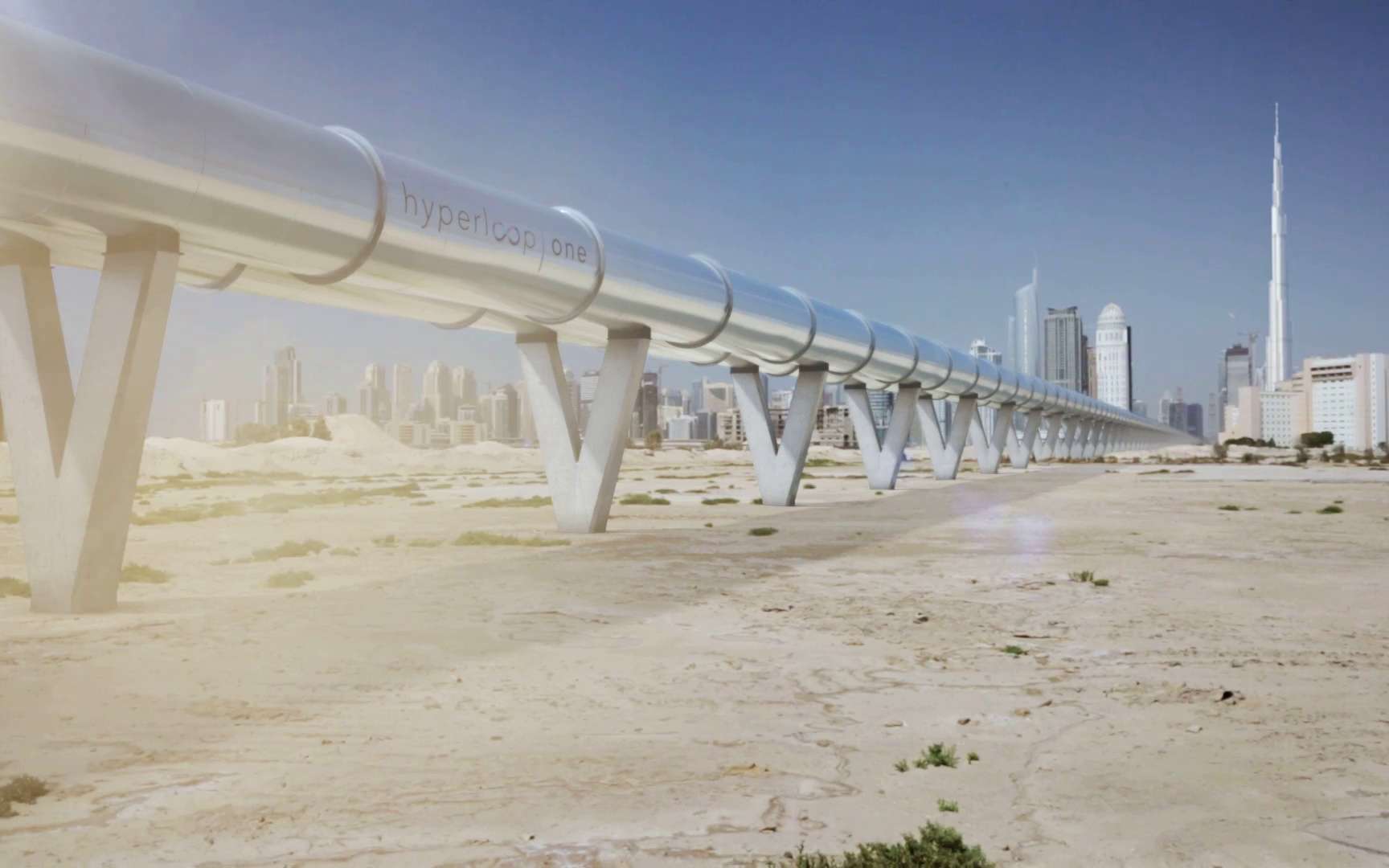
Another country developing and modernising its public transport rapidly is Egypt. With the Egypt Vision 2030 project, the nation aspires to increase the capacity and improve the overall quality of transport in cities by raising the national public transport ridership from 1.9% in 2015 to 30% in 2020 and finally to 50% in 2050.
In (Greater) Cairo, almost 68% of all journeys in 2019 were already taken by public transport. To maintain and raise this percentage, the Greater Cairo Urban Master Plan has been put into place by the National Authority for Tunnels (NAT) with the aim of establishing an integrated urban transport system, including metro, a suburban railway and a new monorail by 2050.
Apart from rail and metro, Egypt, specifically Cairo and Alexandria are developing their BRT (bus rapid transit) and electric bus systems. Meanwhile, car and bike sharing technology is stimulated by investing in new mobility services and striving for increased digitalisation within the sector.
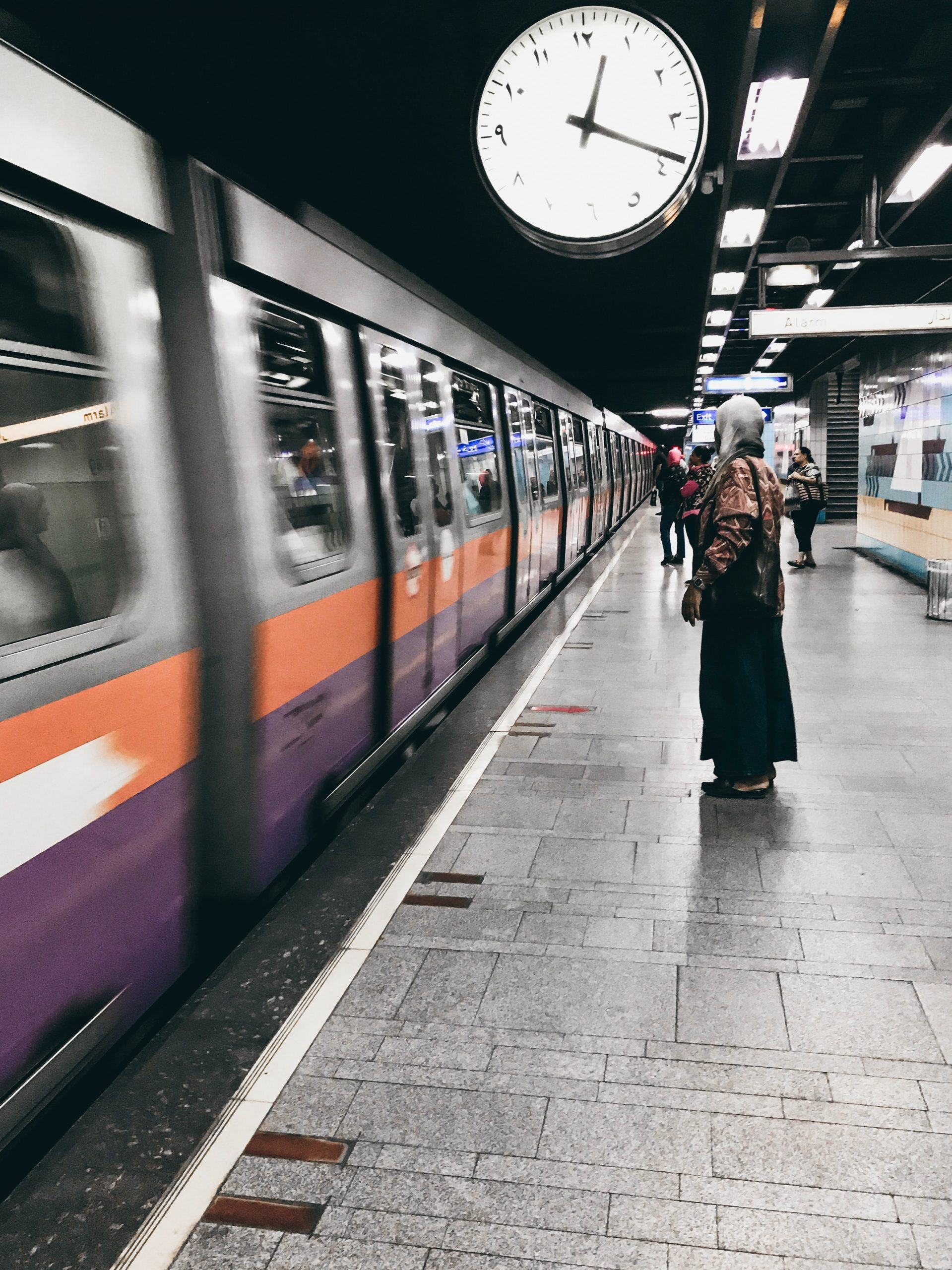
The Saudi Vision 2030 and Saudi Energy Efficiency Programmes promise to provide high quality services such as public transport and roads to its citizens on a national level. Furthermore, a system to monitor vehicle’s fuel consumption has been put into place to increase the efficiency of transportation and reduce fuel consumption. This all helps to promote a more sustainable mobility by 2023.
Two major Saudi Arabian cities have growth plans for driverless metro lines. Riyadh and Jeddah should see over 300km of new networks in the upcoming years.
An overall focus on rail is prominent within Saudi Arabia, including new lines of High Speed Rail and regional rail expansions across the whole country. An interesting addition to Saudi’s mobility and urban planning is the NEOM project which, according to its creators presents a ‘paradigm shift that will transform the way people, nature and technology interact’.
One of the plans, truly incorporating sustainable urban mobility into the urban planning of the country is known as ‘the LINE’. This should become a belt of hyper-connected future communities, without cars and roads and built around nature. A sustainable and seamless public transport system, together with a focus on cycling and walking should drastically increase the modal share of sustainable modes.
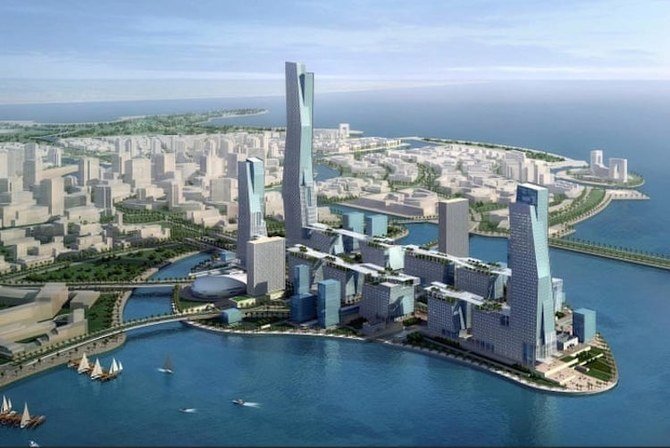
In the country of Jordan, two major long-term projects progress public transport of the region. The Jordan Long Term National Transport Strategy & Action Plan is developed by the Ministry of Transport (MOT). It strives to increase the total number of commuters using public transport from 13% in 2010 to 25% in 2025. Moreover, Jordan will introduce the Zero Emission Electric Vehicle (ZEV) and 3,000 charging stations (on- and off-grid) powered by renewable energy. The objective is to reduce all emissions from the transport sector and create a significant shift from private car ownership to energy efficient transport modes: mostly rail and BRT.
The second major project is the Master Plan for Public Transport of Passengers. Developed by Jordan’s Land Transport Regulatory Committee (LTRC), it focuses on increasing the security and reliability of public transport. Meanwhile, it should also make the whole network integrated and environmentally friendly by introducing unified tariffs and ticketing, amongst other smart mobility technologies. Those targets are to be met by 2030.
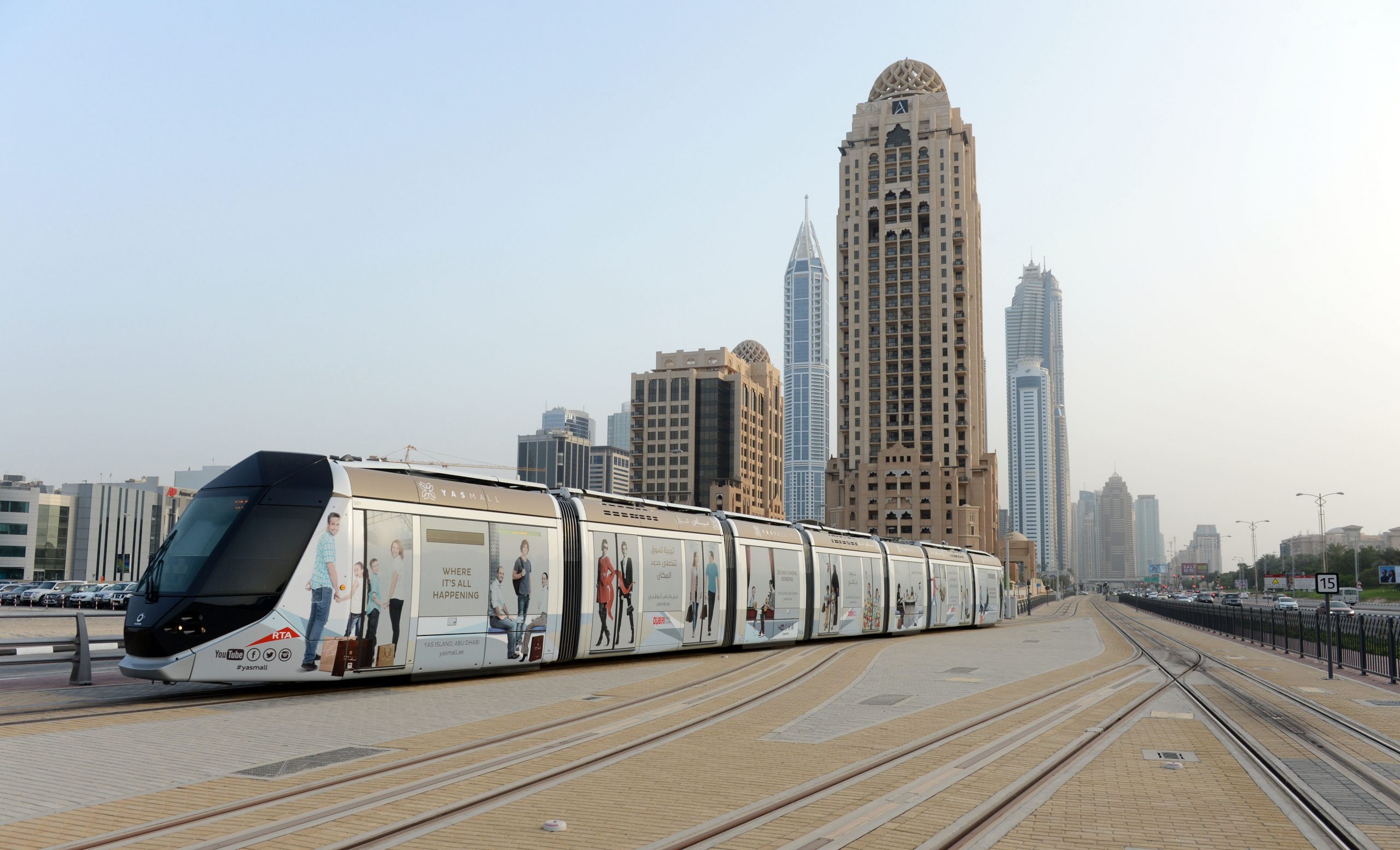
The described examples are just a few of numerous mobility developments within the MENA region. Want to learn more and participate in the discussion?
In February 2022, UITP along with RTA organises and hosts the MENA Transport Congress and Exhibition in Dubai. We will bring together expert voices to move forward the debate on urban mobility at a crucial time for our sector.

